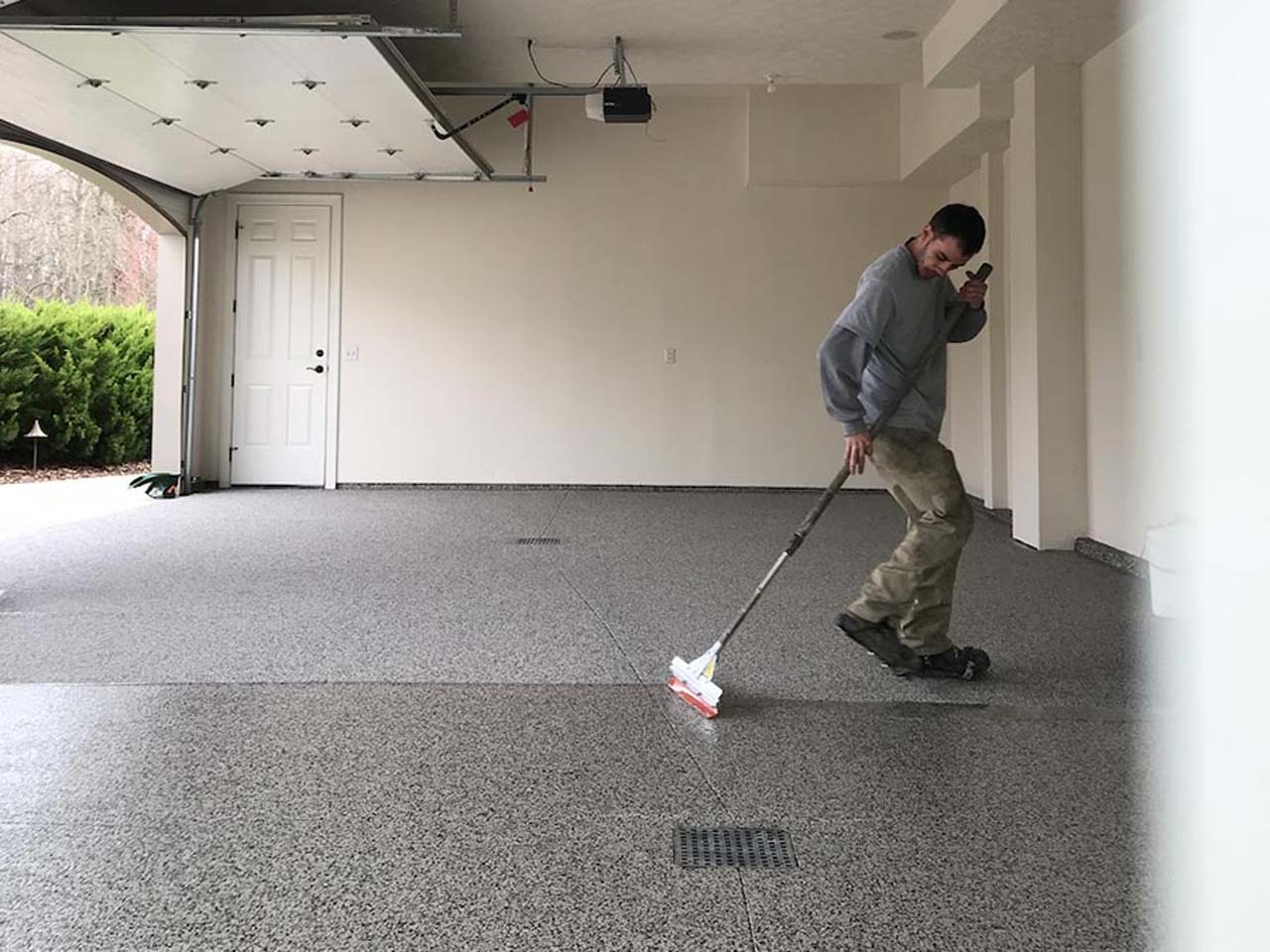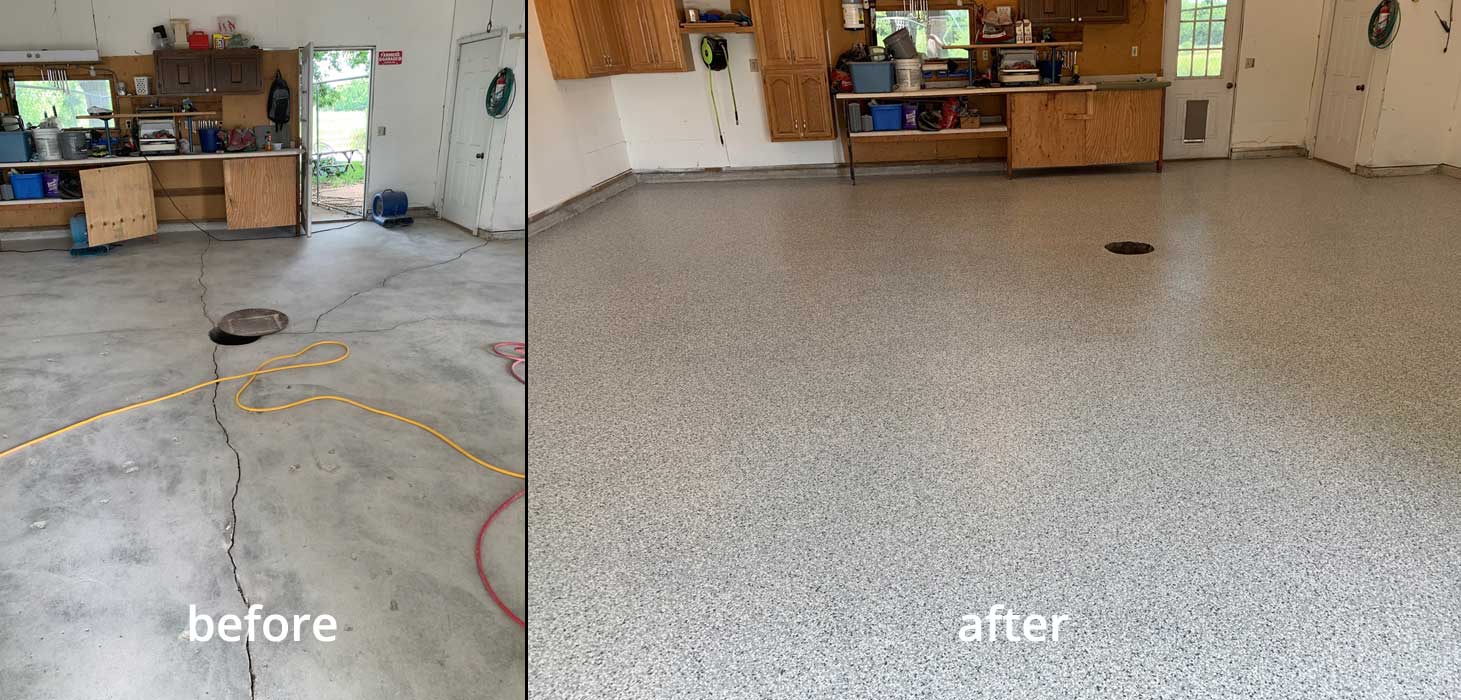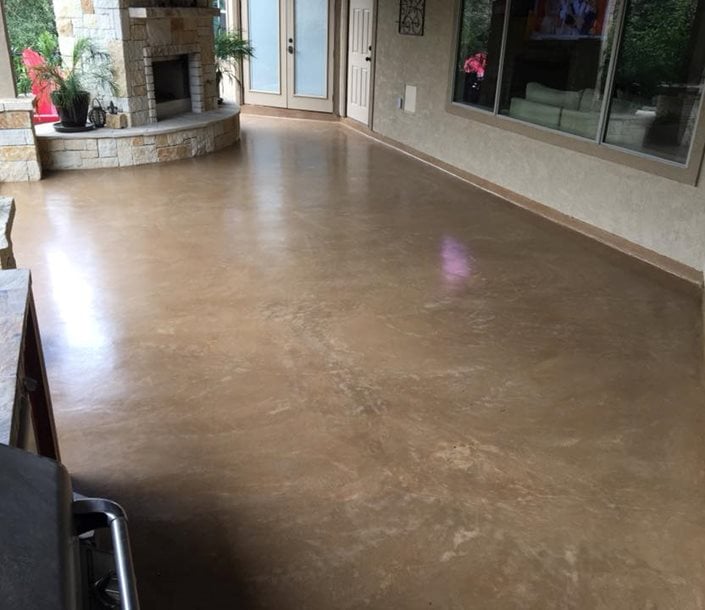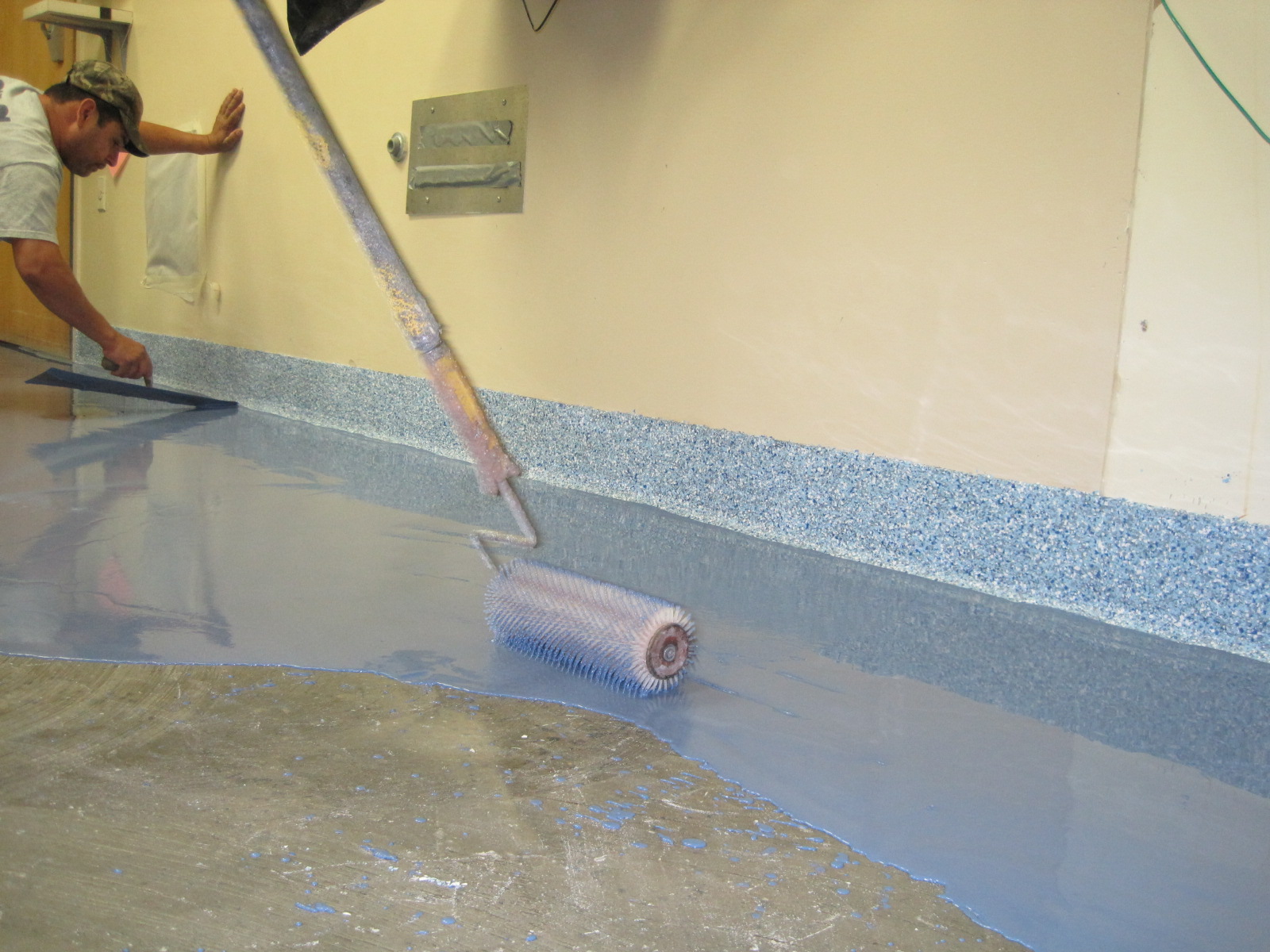When it comes to renovating or updating the flooring in our homes or commercial spaces, concrete has emerged as a versatile and popular choice. However, over time, even the most robust concrete floors can begin to show signs of wear and tear, affecting the overall aesthetic and functionality. If you’re looking to breathe new life into your space without the hassle and expense of a complete floor replacement, resurfacing your concrete floor is an excellent solution. Let me guide you through the process of resurfacing a concrete floor, exploring its benefits, and providing practical tips to achieve stunning results.
Understanding Concrete Floor Resurfacing
Resurfacing a concrete floor involves applying a thin layer of fresh concrete or concrete overlay to the existing surface. This process not only covers up imperfections such as cracks, stains, or surface damage but also transforms the appearance of the floor with various decorative options. Concrete resurfacing can be carried out on both interior and exterior floors, making it a versatile and cost-effective solution for homeowners and business owners alike.
Benefits of Concrete Floor Resurfacing
- Enhanced Aesthetics: Concrete resurfacing allows you to choose from a wide range of colors, patterns, and textures, providing the opportunity to customize the floor to suit your design preferences. Whether you prefer a sleek, polished look or a decorative faux stone finish, resurfacing can achieve the desired aesthetic effect.
- Cost-Effective Solution: Compared to completely replacing a concrete floor, resurfacing is a budget-friendly alternative that delivers impressive results. It eliminates the need for extensive demolition and disposal costs, making it an economical option for those looking to renovate on a tighter budget.
- Increased Durability: Resurfacing a concrete floor not only improves its appearance but also reinforces its structural integrity. The new layer of concrete enhances the floor’s resistance to heavy foot traffic, impact, and abrasion, ensuring its longevity and longevity.
- Quick Turnaround: Unlike the time-consuming process of tearing out and replacing an entire floor, concrete resurfacing can often be completed within a relatively short timeframe. This means you can enjoy your revitalized space sooner, minimizing disruption to your daily routine.
Preparing for Concrete Floor Resurfacing
Before embarking on the resurfacing process, there are essential steps to take to ensure a successful and long-lasting outcome:
- Evaluate the Existing Floor: Conduct a thorough inspection of the concrete floor to identify any significant cracks, uneven areas, or underlying structural issues. Addressing these concerns before resurfacing will prevent future problems and ensure a smooth application.
- Clean the Surface: Proper surface preparation is crucial for the resurfacing material to adhere effectively. Clean the floor thoroughly, removing all dirt, debris, oil, or grease stains. A pressure washer or professional cleaning solution can be helpful in achieving a clean surface.
- Repair Any Damage: Fill in cracks and divots using a suitable concrete patching compound. This step ensures that the resurfacing material applies evenly and seamlessly across the floor.

The Concrete Resurfacing Process
Once the preparatory steps are completed, you can proceed with the concrete resurfacing process:
- Priming the Surface: Apply a concrete bonding agent or primer to promote strong adhesion between the existing concrete and the overlay. This step is vital to ensure that the resurfacing material bonds securely to the old floor.
- Applying the Resurfacing Material: Depending on your chosen finish, spread the concrete overlay evenly across the floor using a trowel or specialized tools. For decorative options, consider stamped concrete patterns, acid staining, or colored aggregates to achieve a unique and eye-catching look.
- Sealing the Surface: Once the resurfacing material has cured, apply a high-quality concrete sealer to protect the surface from stains, moisture, and wear. The sealer also enhances the floor’s sheen, providing a beautiful, polished appearance.
Maintaining Your Resurfaced Concrete Floor
To ensure your resurfaced concrete floor maintains its beauty and durability over time, follow these essential maintenance tips:
- Regular Cleaning: Sweep or vacuum the floor regularly to remove dirt and debris. Mop the surface with a neutral pH cleaner and avoid harsh chemicals that may damage the sealer or finish.
- Avoid Heavy Impact: While concrete resurfacing enhances the floor’s strength, it’s essential to avoid dragging heavy furniture or sharp objects that could scratch or damage the surface.
- Periodic Re-Sealing: Over time, the concrete sealer may wear down due to foot traffic and environmental factors. Schedule periodic re-sealing to maintain the floor’s protective layer and prolong its lifespan.
Resurfacing a concrete floor is a practical and transformative solution for revitalizing your space. With its myriad of benefits, including enhanced aesthetics, durability, and cost-effectiveness, concrete resurfacing offers an excellent alternative to costly floor replacements. By following the preparation steps and carefully executing the resurfacing process, you can achieve a stunning and long-lasting result that elevates the overall appeal and functionality of your home or business. Embrace the beauty of resurfaced concrete flooring and create a space that exudes elegance and endurance for years to come.
Concrete u0026 Epoxy Floor Resurfacing/Polishing Company VA
Garage Floor Resurfacing: 4 Simple Steps My Decorative
Concrete Resurfacing – The Caretakers, Inc.
Concrete Floor Resurfacing, Refinishing u0026 Crack Repair SUNDEK
Garage Floor Resurfacing: Fix a Pitted Garage Floor (DIY) Family
Concrete Floor Resurfacing Services Concrete Resurfacing Contractors
Concrete Resurfacing – Best Resurfacing Practice for Concrete Repair
Refinishing Options for Older Concrete Floors
Concrete Floor Refinishing u0026amp; Repair – Houston, TX SUNDEK Houston
Refinishing Concrete Floors Life of an Architect
How to Resurface Concrete
Related Posts:
- Applying Concrete Floor Paint
- Non Slip Concrete Floor Sealer
- How To Paint Concrete Garage Floor
- Outdoor Concrete Floor Ideas
- Concrete Floor Covering Ideas
- Cracks In Polished Concrete Floors
- Drylok Concrete Floor Paint Colors
- Polished Concrete Floor Thickness
- Residential Stained Concrete Floors
- Cheap Concrete Floor Finishes










